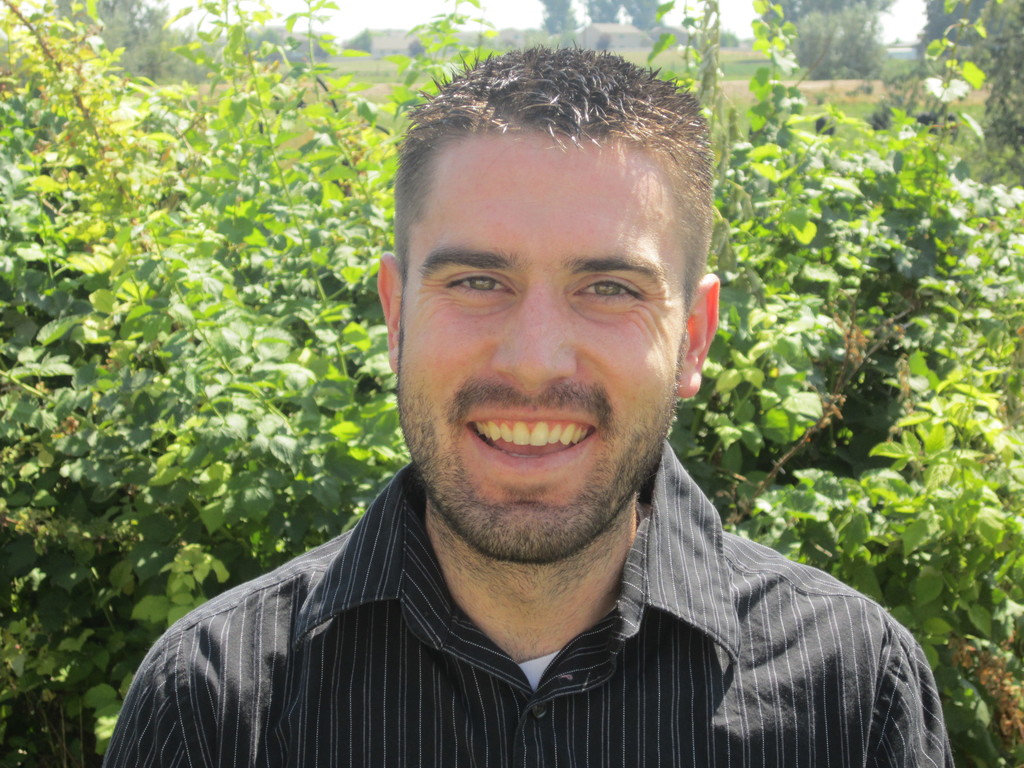During this year’s Idaho legislative session a new tiered certification model was discussed as part of the recommendations from the Governor’s Education Task Force. Buried in this model has a barely discussed, but particularly insidious, implication for special education teachers and students.
At the core of this issue is the Value Added Model, or VAM. Part of the discussed tiered teacher certification model will rely on student achievement based on standardized student test scores; in Idaho this data will be collected in the form of the Smarter Balanced Assessment Consortium, or SBAC.
The idea behind this model is that part of a teacher certification and compensation should be tied to student growth based on evidence of student achievement from the SBAC exam. If students do well, teachers should be rewarded with an increased “tiered” certification and compensation.
The different tiers are not paltry. According to the suggested guidelines, a tier 1 teacher would earn $40,000, tier 2 $50,000, and tier 3 $60,000.
On the surface, this looks like a win-win for both politicians and teachers; the base salary for teachers will rise by thousands of dollars making Idaho a more palatable state to encourage the best of the best to remain in Idaho to instruct our leaders of tomorrow.
Yet, when the veil is tugged open there is a vulnerable student population that is targeted in this agenda: special education teachers and students. My crystal ball sees the best special education teachers fleeing away from the students who need the most talented instructors under such a model.
Special education students, by definition, are students with a variety of disabilities that adversely affect their ability to learn in the classroom. These students frequently struggle with primary educational tasks such as reading, writing, math, and social interactions.
Let me be clear: as a special education instructor at the secondary level, I am a firm advocate and believer that all students, special education students included, can make progress in their educational goals.
Yet, let us also be equally honest. These students are often the most challenging in schools. At the high school level, like the level I instruct, some special education students in the resource setting are reading and writing at an elementary level. Many special education students with emotional disturbances, autism spectrum, and other behavioral disabilities struggle to maintain positive classroom behaviors that allow them access to academic content.
This is not a list of excuses. Yet, let us remember the true intention of special education according to the Individuals with Disabilities Education Act (IDEA): special education students are entitled to an Individualized Education Plan (IEP) in an effort to achieve their individualized goals.
Under the Value Added Model and tiered teacher certification recommendation, special education students are expected to show adequate yearly growth defined by their scores on the SBAC under a system of goals defined by a standardized test, not their individualized goals. In addition, special education teachers’ compensation and tiered certification status are tied to their special education students’ scores.
So let’s get to the white elephant in the room: If this specific population of students is, by definition, likely to struggle to display adequate growth, will teachers be eager to teach this population of students knowing that their certification and compensation is tied to these students?
This is a particular concern at the secondary level. Under No Child Left Behind (NCLB) secondary level special education teachers must be dual certified in both special education and the content they instruct; for example English or Mathematics. If a secondary level special education instructor decides it’s not worth the risk, it would be particularly easy for that instructor to shift to teaching a general education class of students that might be more likely to produce the desired SBAC scores and thus the increased tiered certification along with its higher compensation.
I sincerely believe that our students who struggle the most deserve the most talented teachers at the helm. I am deeply concerned that the Value Added Model will cause an exodus of special educators leaving our most vulnerable students behind. Why would anyone want to put up to $20,000 of compensation up to chance if they don’t have to?
Is this a Value Added Model, or is it a Model That Devalues?

